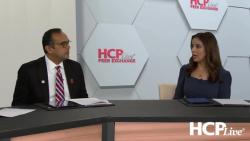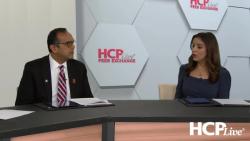Expanding Horizons on Who can Benefit from Non-Statin LDL-Cholesterol Lowering Therapy for Cardiovascular Risk Reduction - Episode 5
Combination Therapy in LDL Lowering
Expert cardiologists describe the importance of combination therapy for hyperlipidemia in high risk patients
Summary
The experts discuss that in heart failure care, multiple medications are started aggressively early on, yet there is inertia and hesitation with starting intensive lipid lowering therapy after major cardiovascular events. They note studies showing 15-20% of post-MI patients do not get LDL checked, and of those checked, often no action is taken to modify lipid lowering therapy. The most common action, if any, is just increasing the statin dose, which may not be adequate.
They contrast this to heart failure care where guideline-directed medical therapy with 4 key drug classes is urgently initiated, despite uncertainty about resulting vital signs like blood pressure. The heart failure metrics and penalties for poor outcomes help drive optimal medical therapy.
The experts agree there needs to be similar LDL metrics and consequences after MI to drive appropriate statin use and LDL monitoring to improve cardiovascular prevention on a population level. As novel lipid lowering therapies emerge, there may be a role for more aggressive, combination lipid lowering therapy early after events, analogous to the polypill concept. However, overcoming inertia and enhancing urgency in lipid management after events remains a challenge.
In summary, the experts advocate for faster, more intensive lipid lowering therapy initiation after cardiovascular events to optimize secondary prevention outcomes. Metrics and incentives may help drive optimal practice patterns.
Summary was AI-generated and edited for clarity.



